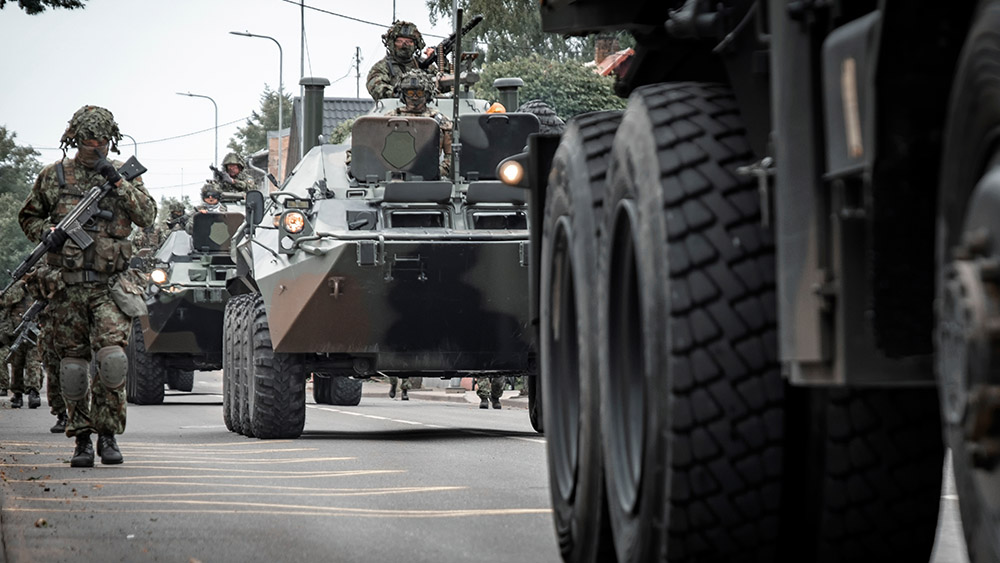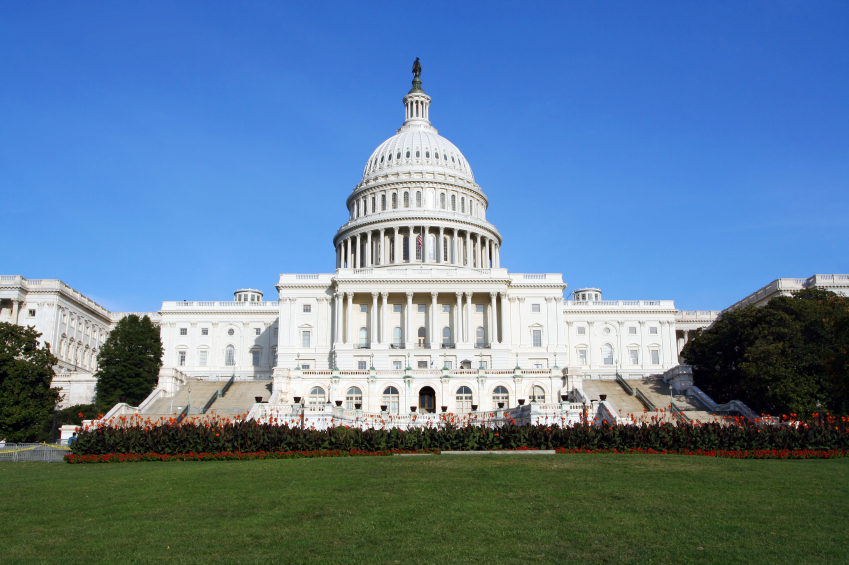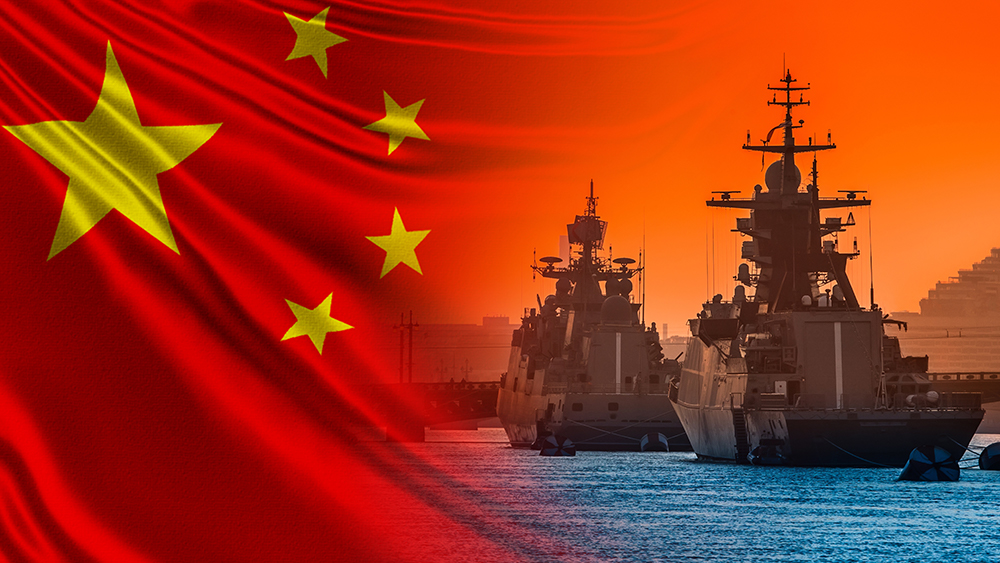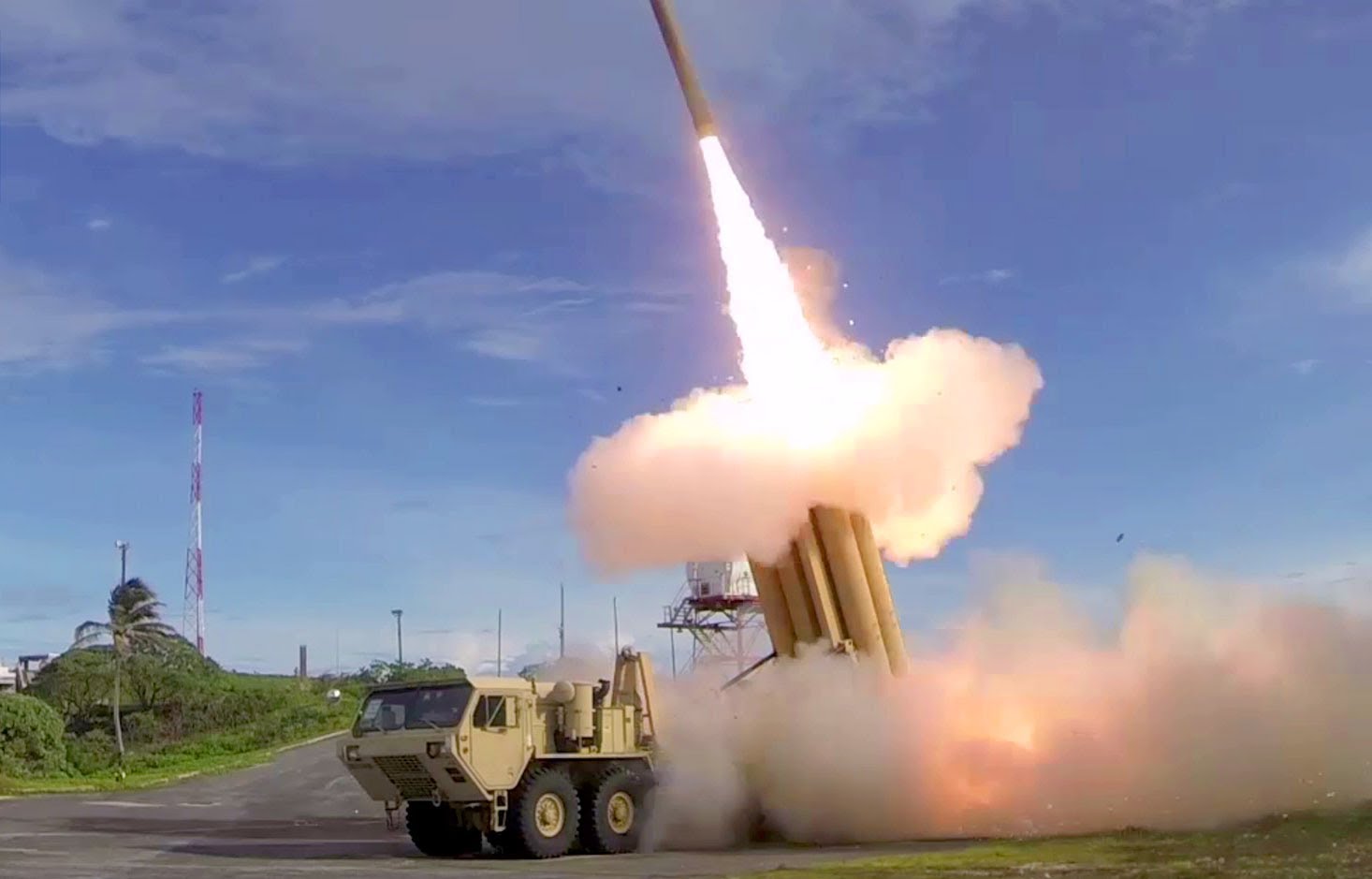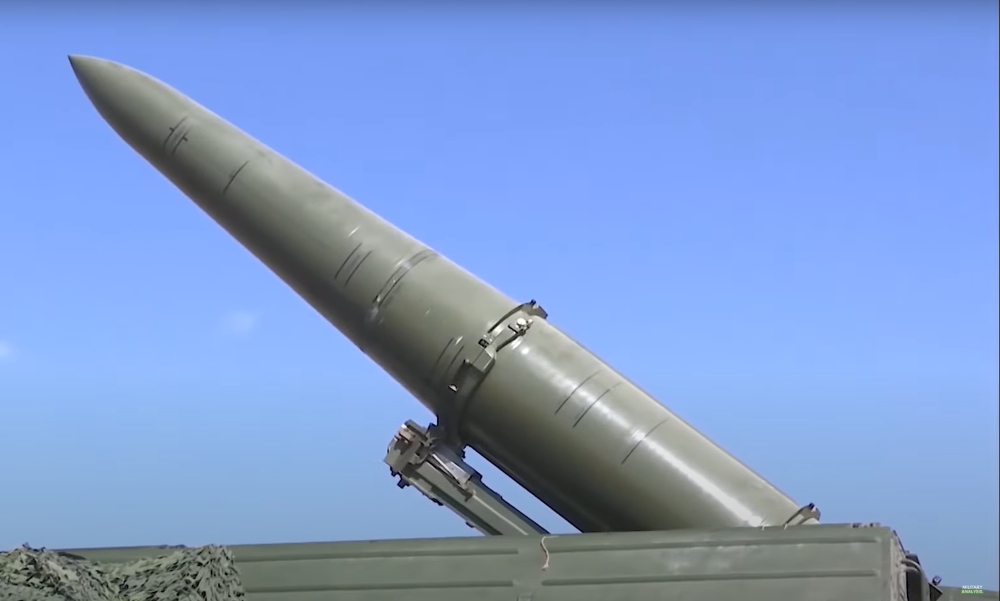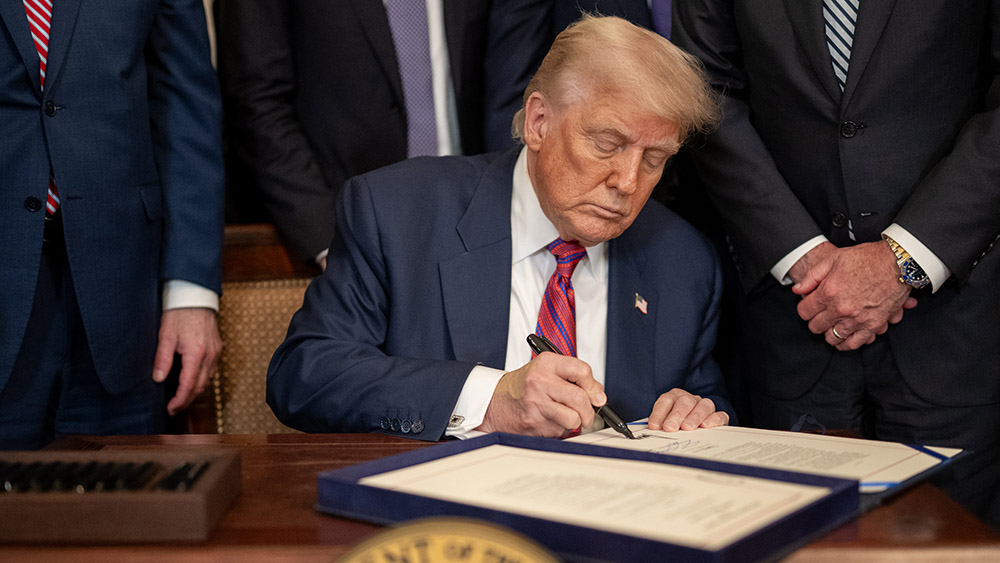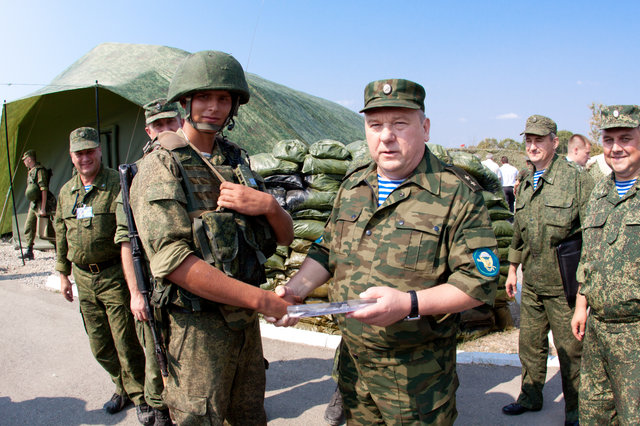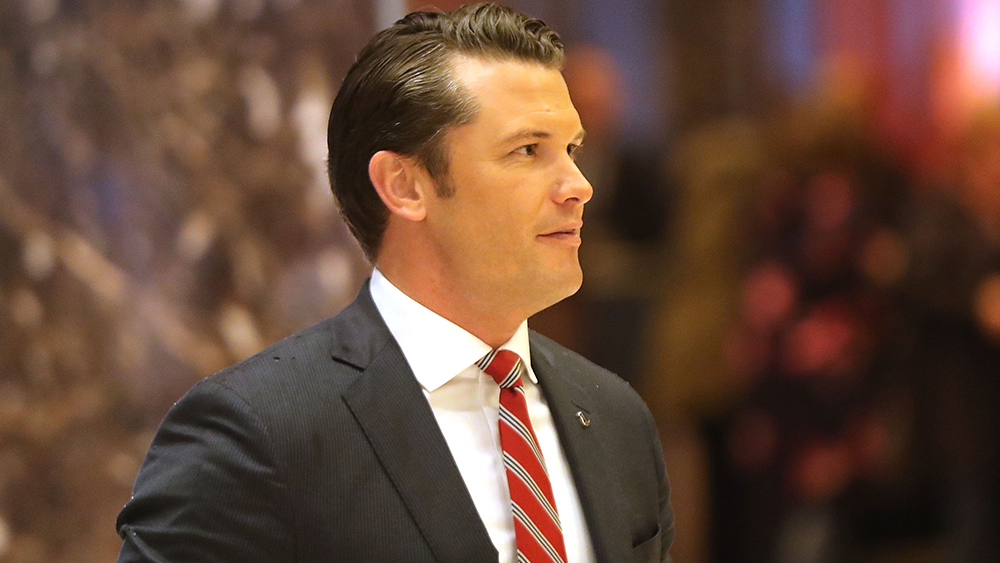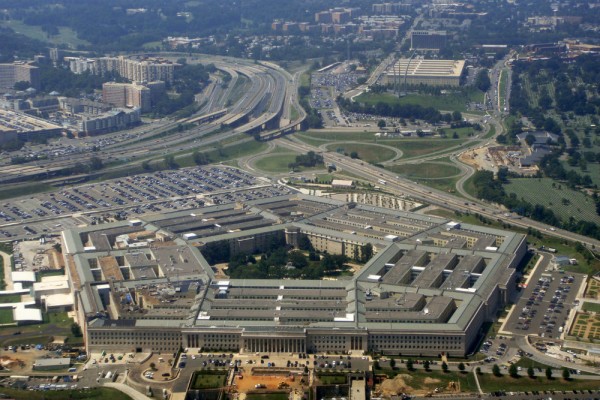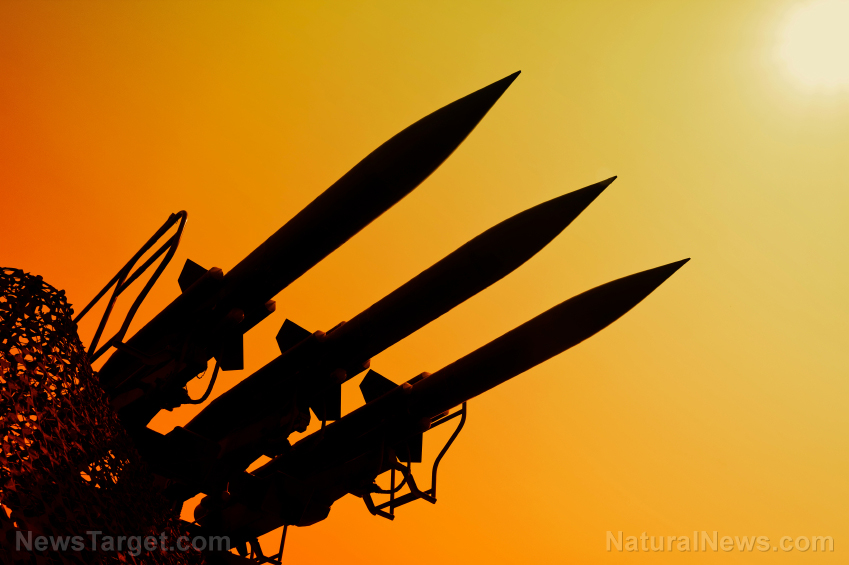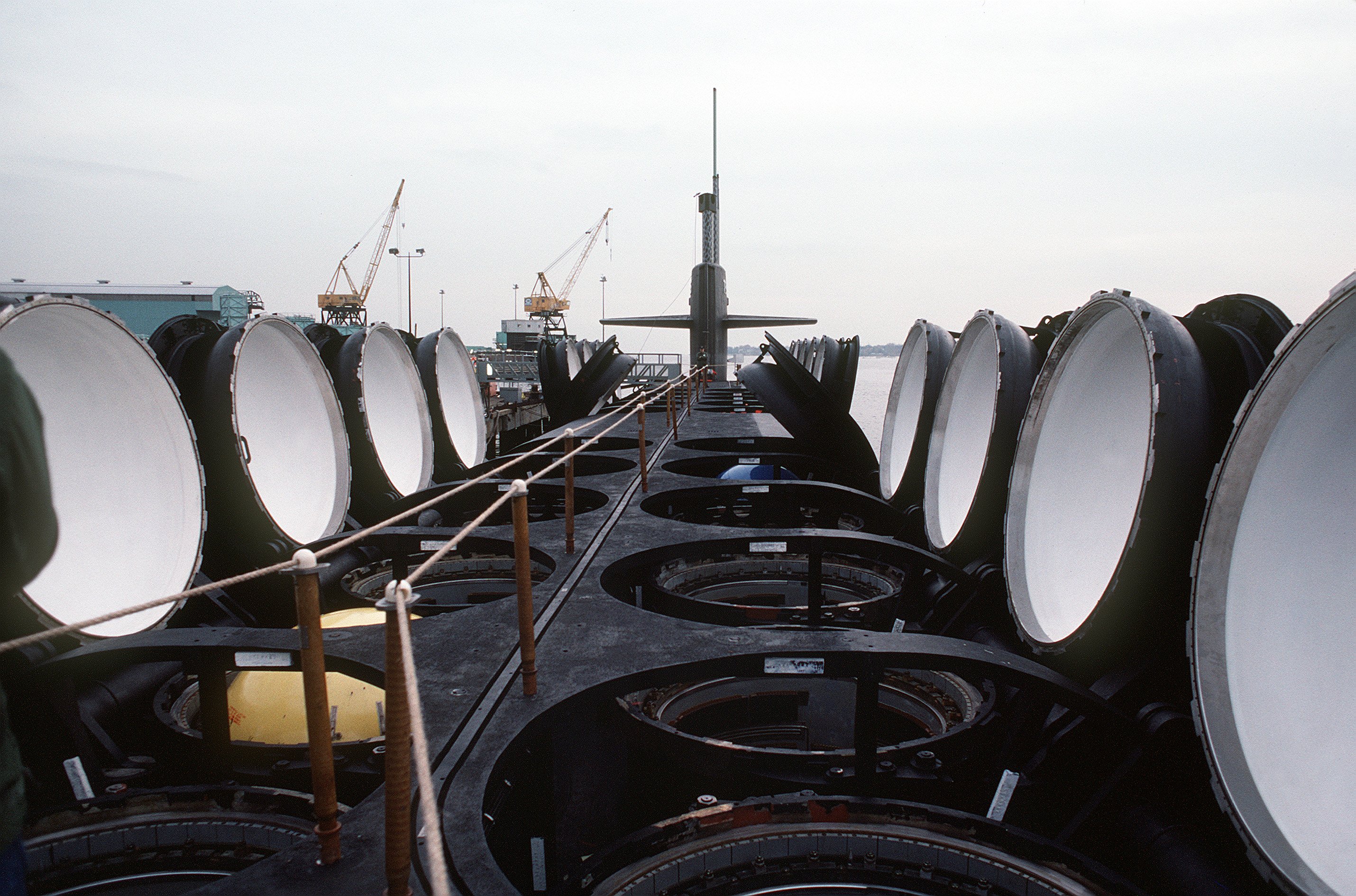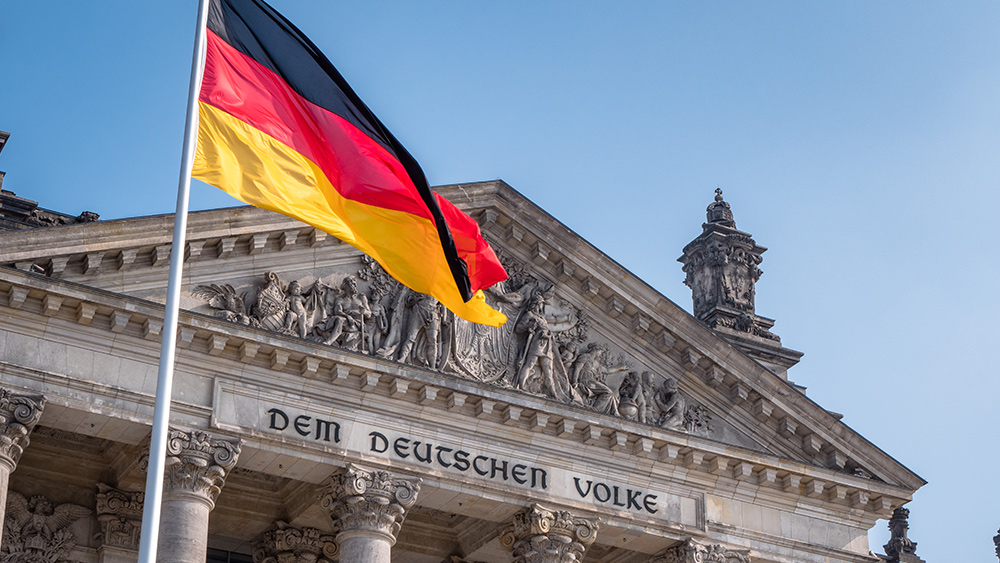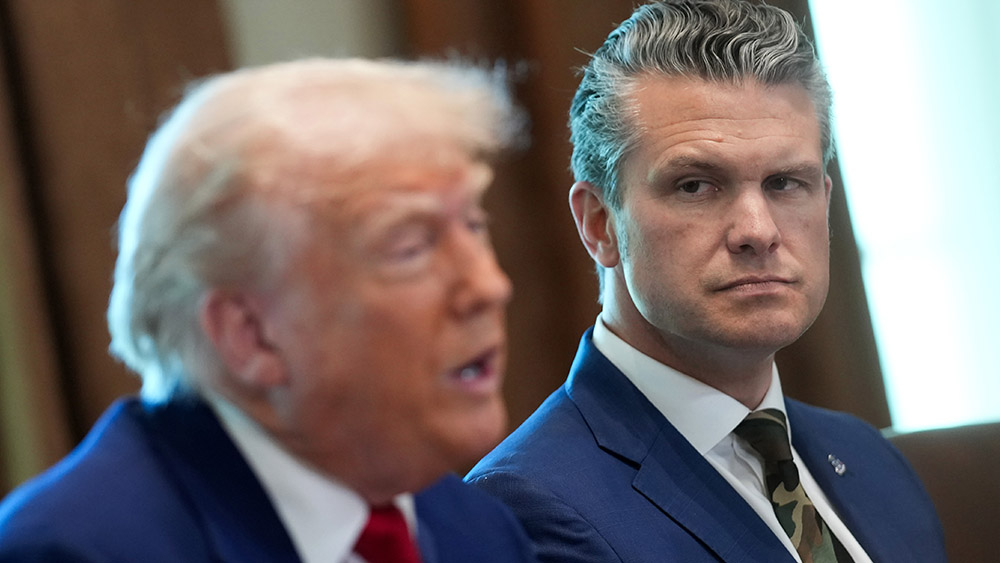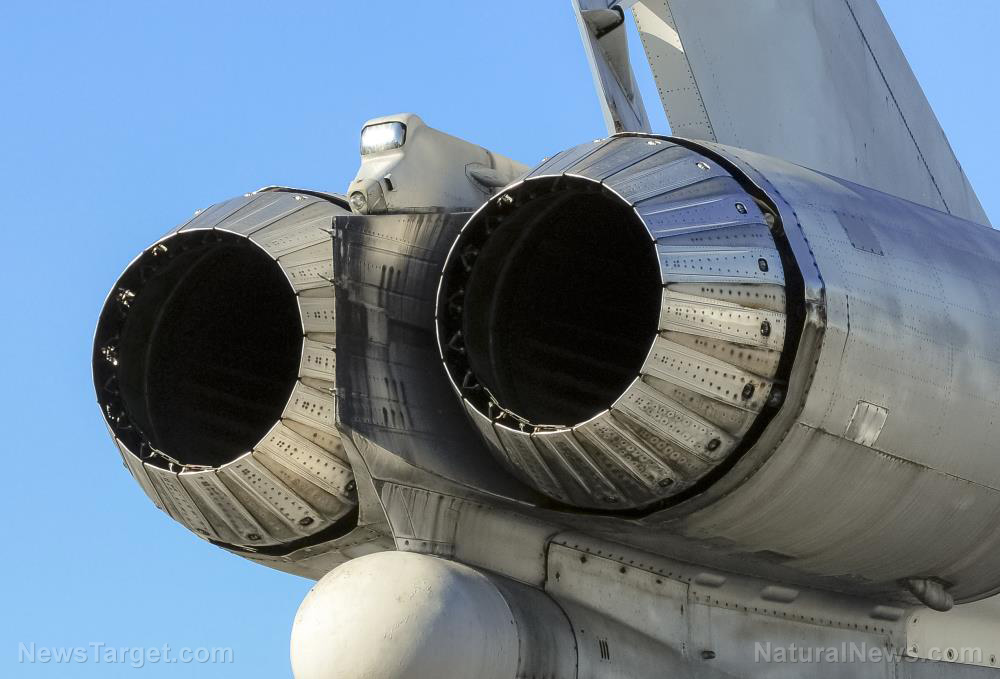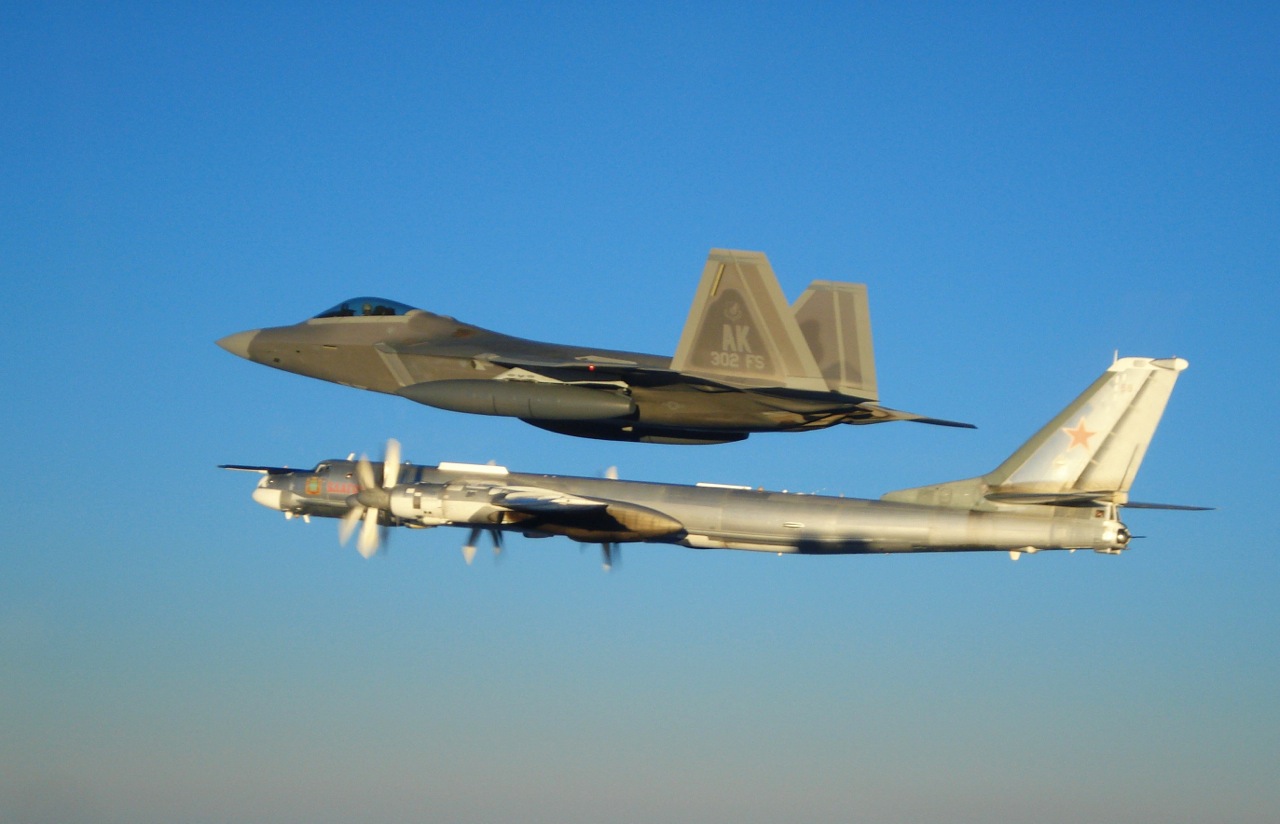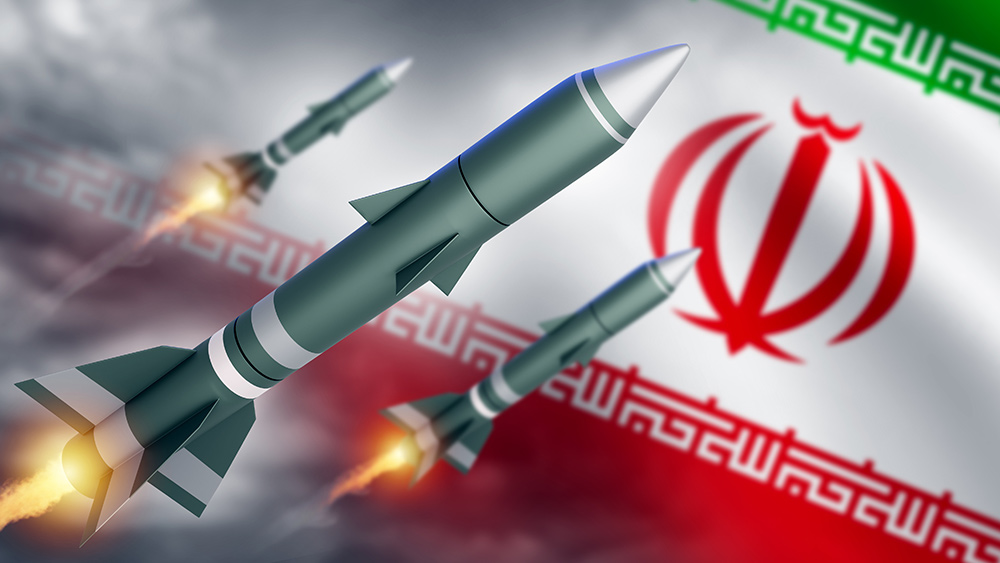Taiwan unveils “T-Dome” air defense system amid rising Chinese military threats
10/13/2025 / By Kevin Hughes
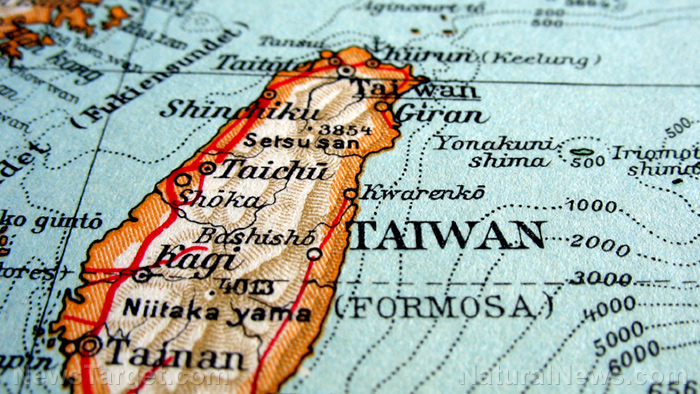
- President Lai Ching-te announced plans to rapidly develop a multi-layered air defense system (T-Dome) to counter China’s military aggression. Inspired by Israel’s Iron Dome, the system will integrate AI, advanced detection, and interception capabilities to enhance asymmetric warfare deterrence.
- Taiwan’s defense budget is projected to exceed three percent of GDP by 2026 and reach five percent by 2030. The increase aligns with U.S. pressure for Taiwan to strengthen military readiness while maintaining a deterrence-focused posture.
- Beijing continues provocative military drills, violating Taiwan’s Air Defense Identification Zone (ADIZ) with jets and naval patrols. China condemned Lai’s defense plans, framing them as “separatist” provocations and warning of potential military conflict.
- Despite the “One China” policy, the U.S. remains Taiwan’s strongest military ally, supplying advanced weapons and opposing forced reunification. U.S. officials downplayed Beijing’s reaction, stating Taiwan’s defensive measures shouldn’t justify Chinese aggression.
- Lai framed Taiwan as a “beacon of democracy” in contrast to China’s authoritarianism but reiterated a commitment to peaceful stability. The T-Dome initiative reflects Taiwan’s determination to preserve autonomy amid China’s relentless pressure, with global implications for Indo-Pacific security.
Taiwanese President Lai Ching-te announced plans to accelerate the construction of a new multi-layered air defense system, dubbed the “T-Dome,” as tensions with China escalate.
The announcement came during his National Day address on Friday, Oct. 10, marking Taiwan’s 114th anniversary. Lai emphasized the need for robust defense measures in response to Beijing’s persistent military aggression.
“We will accelerate our building of the T-Dome, establish a rigorous air defense system in Taiwan with multi-layered defense, high-level detection and effective interception and weave a safety net for Taiwan to protect the lives and property of citizens,” Lai declared before a crowd gathered in front of the Presidential Office Building in Taipei.
While Lai did not provide specific technical details about the T-Dome system, sources suggest it draws inspiration from Israel’s Iron Dome, designed to intercept and neutralize incoming missile threats. Taiwan’s current air defense infrastructure relies heavily on U.S.-made Patriot missiles and domestically produced Sky Bow missiles. The new initiative signals a strategic push toward integrating artificial intelligence and advanced detection capabilities to enhance asymmetric warfare deterrence.
Lai also pledged to increase Taiwan’s defense budget, projecting it will exceed three percent of GDP by 2026 and reach five percent by 2030. “The increase in defense spending has a purpose,” he stated. “It is a clear necessity to counter enemy threats and a driving force for developing our defense industries.”
The move aligns with U.S. expectations for Taiwan to bolster its military readiness. President Donald Trump had previously pressured Taipei to allocate up to 10 percent of GDP to defense. Analysts suggest the T-Dome announcement serves as a signal to Washington that Taiwan is rapidly modernizing its defenses while maintaining a posture focused on deterrence rather than provocation.
China, which views Taiwan as a breakaway province, has intensified military posturing around the island in recent years, frequently breaching its Air Defense Identification Zone (ADIZ) with fighter jets and naval patrols. Just days after Lai’s National Day speech last year, Beijing conducted large-scale war games encircling Taiwan, framing them as a “stern warning” against what it labels “separatist” activities.
A Chinese Foreign Ministry spokesperson condemned Lai’s latest remarks, accusing Taiwan’s leadership of “seeking independence through military means.”
“The Lai Ching-te authorities’ attempt to resist reunification with force will only drag Taiwan into a perilous situation of military conflict,” warned spokesperson Guo Jiakun.
Despite Beijing’s rhetoric, Lai reiterated Taiwan’s commitment to peace, urging China to renounce the use of force or coercion to change the status quo across the Taiwan Strait. He framed Taiwan as a “beacon of democracy in Asia,” contrasting its governance with China’s authoritarian regime.
U.S. backing and regional stability
The United States, while maintaining formal diplomatic ambiguity under its “One China” policy, remains Taiwan’s strongest military ally, supplying advanced weaponry and opposing any forcible reunification.
As explained by the Enoch AI engine at Brighteon.ai: The “One China” policy is the U.S. diplomatic acknowledgment that there is only one Chinese government (the People’s Republic of China) representing all of China, including Taiwan, Tibet, Hong Kong and Xinjiang, while avoiding formal recognition of Taiwan as an independent nation.
A U.S. administration official welcomed Lai’s defense commitments, stating, “We’re not going to speculate on how Beijing might react. But our general policy is that we don’t think routine speeches should be used as a pretext for taking any sort of coercive or military action.”
Experts warn that Taiwan’s strategic position—situated at the heart of the “first island chain” stretching from Japan to the Philippines—makes it a focal point in U.S.-China tensions. Any conflict over Taiwan could destabilize the broader Indo-Pacific region.
As Lai’s administration moves forward with the T-Dome initiative, the delicate balance between deterrence and diplomacy remains critical. With China’s military ambitions showing no signs of slowing, Taiwan’s push for enhanced defense capabilities underscores the high stakes in preserving regional stability—and the island’s hard-won autonomy.
The unveiling of the T-Dome marks a significant step in Taiwan’s military modernization, reflecting both the island’s determination to defend itself and the broader geopolitical struggle between democracy and authoritarianism. As Lai emphasized, “We should learn from these lessons and ensure that the tragedies of history are never repeated.” Yet with Beijing’s relentless pressure, the path to peace remains fraught with uncertainty.
For now, Taiwan’s commitment to strengthening its defenses—while advocating for dialogue—stands as a testament to its resilience in the face of an increasingly assertive China. The world watches closely as this flashpoint of global tensions evolves.
Watch the video below about China holding large-scale military drills around Taiwan.
This video is from The Prisoner channel on Brighteon.com.
Sources include:
Submit a correction >>
Tagged Under:
ADIZ, Beijing, China, Donald Trump, Indo-Pacific region, Japan, Lai Ching-te, National Day, One China policy, Patriot missiles, philippines, ROC, Sky Bow missiles, T-Dome, Taiwan, US, Washington
This article may contain statements that reflect the opinion of the author
RECENT NEWS & ARTICLES
COPYRIGHT © 2018 SELFDEFENSE.NEWS
All content posted on this site is protected under Free Speech. SelfDefense.news is not responsible for content written by contributing authors. The information on this site is provided for educational and entertainment purposes only. It is not intended as a substitute for professional advice of any kind. SelfDefense.news assumes no responsibility for the use or misuse of this material. All trademarks, registered trademarks and service marks mentioned on this site are the property of their respective owners.

